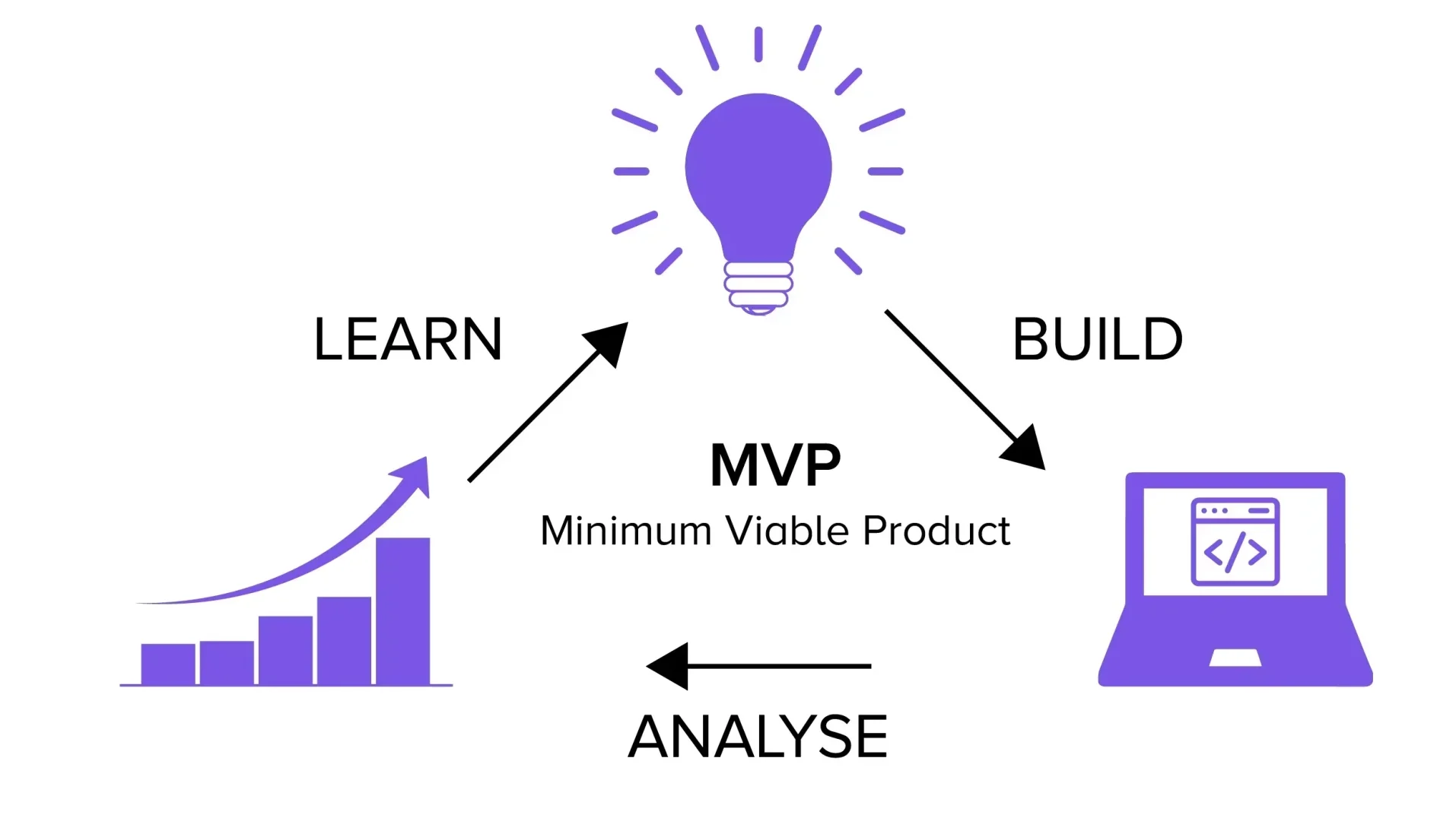How to Build an MVP: A Complete Startup Guide to Launch Fast and Validate Smarter

🚀 How to Build an MVP: A Startup’s Guide to Launching Smart & Fast
Launching a startup can feel overwhelming — endless ideas, limited budget, and the pressure to move fast. The secret? Start with an MVP (Minimum Viable Product).
An MVP helps you validate your idea, attract investors, and reach the market faster — without wasting months (or years) on a product nobody wants.
In this guide, we’ll break down how to start an MVP project, from concept to launch, with real-world insights for founders and developers.
What Is an MVP?
An MVP (Minimum Viable Product) is the simplest version of your product that solves a core problem for your users.
It’s not about building less, it’s about building smarter.
An MVP helps you:
-
Test your idea quickly with real users
-
Save money by avoiding unnecessary features
-
Get investor attention early
-
Learn what users actually need before scaling
Step 1: Define the Core Problem
Every successful startup starts with a clear problem.
Ask yourself:
-
What pain point am I solving?
-
Who faces this problem most often?
-
How do they solve it today (if at all)?
🎯 Pro Tip: Write your problem in one sentence — if you can’t, your idea isn’t focused enough.
Example:
“People struggle to find reliable short-term rentals in new cities.”
Step 2: Identify Your Target Audience
Your MVP should serve a specific audience, not everyone.
Define:
-
Demographics (age, location, profession)
-
Needs and frustrations
-
Where they hang out (online communities, forums, etc.)
📌 Example:
Digital nomads looking for short-term apartments in Asia.
Step 3: Choose the Core Features
Focus on must-have features that prove your idea works.
Use the MoSCoW method to prioritize:
-
MUST have → The problem-solving core feature
-
SHOULD have → Enhancements users expect
-
COULD have → Nice-to-haves
-
WON’T have (for now) → Save for later versions
🧠 Example (for a travel booking MVP):
-
Must: Flight & hotel search
-
Should: User login, favorite list
-
Could: AI chatbot, trip suggestions
-
Won’t: Full loyalty program (yet)
Step 4: Pick the Right Tech Stack
Choosing your tech early can make or break your MVP timeline.
Go for speed, scalability, and cost-efficiency.
| Component | Recommended Stack |
|---|---|
| Backend | Python (Django / FastAPI) |
| Frontend | React / Next.js |
| Database | PostgreSQL / MongoDB |
| Hosting | AWS / Render / Vercel |
| AI Integration (optional) | Cohere / OpenAI APIs |
💡 Pro Tip: Use open-source tools and templates to save time and money.
Step 5: Build, Test & Iterate
Start with a clickable prototype (e.g., Figma) → gather feedback → then build the MVP.
Focus on iteration, not perfection.
✅ Build smart:
-
Create wireframes or mockups
-
Develop only core functions
-
Test with early adopters
-
Track usage & feedback
🧠 Remember: MVPs are meant to evolve. Use user feedback as your north star.
Step 6: Launch & Collect Real Feedback
Launch publicly (Product Hunt, Reddit, or social media) — but listen more than you talk.
Use analytics and interviews to learn:
-
Are users solving their problem with your product?
-
What frustrates them most?
-
What feature do they wish existed next?
Tools like Hotjar, Google Analytics, and Notion forms help capture insights quickly.
Step 7: Validate & Pitch for Funding
Once you’ve proven that users love your MVP:
-
Track metrics like retention rate, engagement, and conversion.
-
Create a short pitch deck showing problem, solution, traction, and team.
-
Reach out to early-stage investors, accelerators, or angel funds.
🔥 Pro Tip: Many VCs prefer to see working MVPs before funding — it proves execution power.
MVP vs. Full Product: When to Scale?
| Criteria | MVP Stage | Scale Stage |
|---|---|---|
| Goal | Validate the idea | Grow user base & revenue |
| Budget | Small | Larger (funded) |
| Team | 1–3 people | Full team |
| Focus | Core problem | New features, optimization |
Don’t rush into full-scale development until your MVP gets consistent traction.
Final Thoughts
Building an MVP isn’t just about launching fast — it’s about learning fast.
Start small, validate early, and adapt constantly.
Remember, every unicorn startup — from Airbnb to Dropbox — began with a humble MVP.
🚀 Your idea deserves a start. Build, launch, and let the users shape your success.
Bonus Tip:
Use platforms like Bubble, Django, or Next.js to prototype fast.
If coding isn’t your strength, partner with a freelance developer or small MVP-focused agency to bring your vision to life.